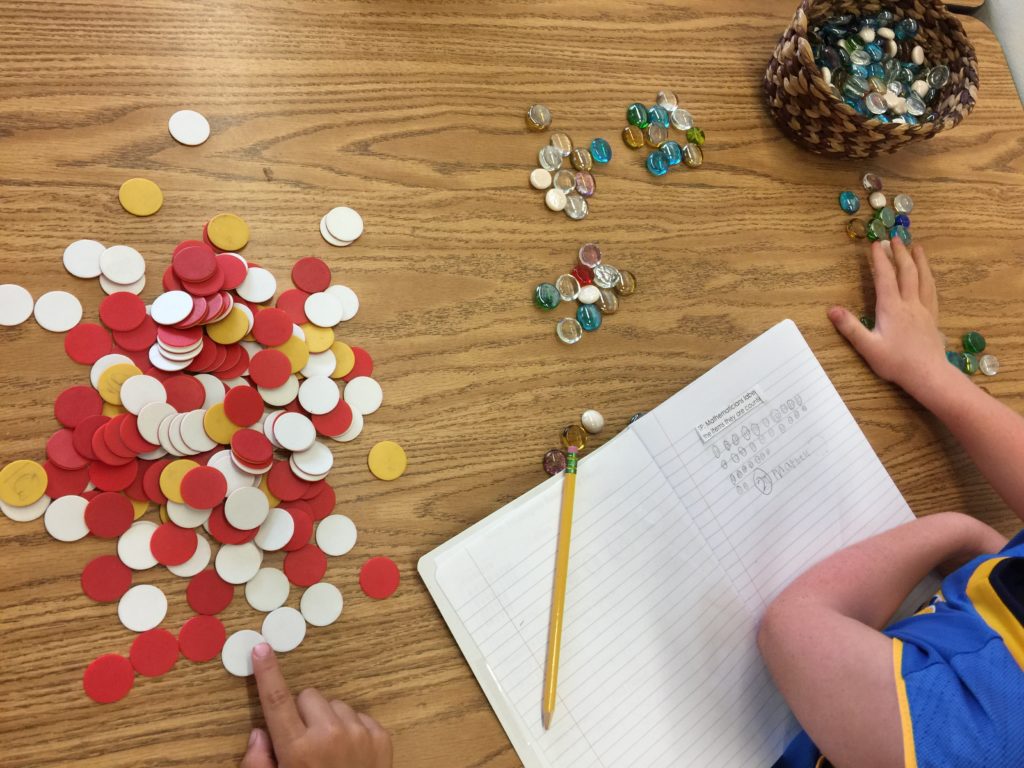Play is often talked about as if it were a relief from serious learning. But for children play is serious learning. Play is really the work of childhood”
—Fred Rogers
When was the last time you played? What did you do…and how did you feel? As adults, we often associate play as the opposite of work, leading us to feel guilty and unproductive for having those few moments of playfulness and joy. Work is supposed to be serious and structured, right? We find this notion to oppose play to work odd because we see play and playfulness exist in almost every activity we do. Play exists in those moments of joy, curiosities, frustrations, breakthroughs, and challenges that we face in our world every single day.

